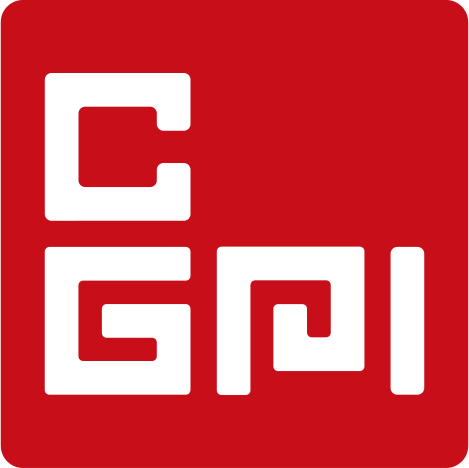2017年12月18日,中国大熊猫保护研究中心与凤生纸业签署合作协议,未来三大熊猫基地的熊猫食物残渣、粪便都将被回收利用,通过洗选、蒸煮、高温消毒等环节提炼里出植物纤维,来生产熊猫纸。
熊猫粪便被称为“青团”。一只成年大熊猫,每天会食用12-15公斤竹子。而竹子的营养成分并不高,经过熊猫消化后,这些食物会变成超过10公斤的“青团”。同时,投食的竹子并不会被完全食用,甚至绝大部分成为残渣。每只大熊猫每天会产生50公斤左右的竹子残渣。这些竹子残渣和熊猫粪便,以前都在清理圈舍时被清扫出去,当成垃圾处理,部分用来堆肥。以往这样做会造成一定程度的污染,处理起来也比较费事。现在,企业每3-7天把竹子残渣和粪便统一收集、造纸,解决了熊猫研究中心后续处理的问题。
用熊猫粪便做出来的纸巾是否安全卫生呢?熊猫纸在生产中共有60道工序,经过了洗、蒸等环节,最后采用的是医用氧气高温消毒的方式,出厂前也会进行细菌检测,“确保符合国家安全标准”。记者在盒装纸巾的包装上,也看到美国、欧盟食品标准检测的标志。由于生产工序较一般纸巾多出了反复的高温消毒杀菌等环节,所以生产成本较高,售价相较于一般纸巾也较贵。可能环保理念较强的的人士更易接受。

Innovation | Panda poop to be made into toilet paper
The China Conservation and Research Center for the Giant Panda in Sichuan province will provide the droppings and leftover food-mainly bamboo-of its pandas to a papermaking company to make toilet paper and other paper products.
Under an agreement signed on December 18, the China Conservation and Research Center will provide droppings and leftover food of its pandas to a papermaking company Fengsheng Paper, who will produce panda paper out of the plant fibre after high-temperature.
The poop of panda is also called 'green mass'. 12-15 kilograms of bamboo is provided to each adult panda every day. As the nutrition of bamboo is not high, after a panda's digestive function, about 10 kilograms will pass through the body to become droppings that consist mainly of undigested bamboo. Pandas will only eat the best part, spitting out some after chewing, and as much as 50 kilograms of waste is produced by each bear. In the past the leftovers and panda poops will be cleaned and become mostly garbage, with only a small part getting composted. Now the company will collect the droppings and leftovers every 3-7 days to make paper, saving the center from the trouble of processing it.
Is it safe to use the napkin produced with panda droppings? The paper will undergo 60 steps in production process, such as washing, steaming, high-temperature disinfection by medical oxygen, and bacteria testing before it is off on the road. 'National Standard of Safety is Ensured', as the reporter found the words on the packaging of the napkin along with markings of US and EU food standards. As the process repeatedly disinfect the material with high temperature, more often than common napkins, the cost is relatively higher and sells at a higher price. It is supposed that eco-friendly people will be more likely to embrace the product.
- 还没有人评论,欢迎说说您的想法!




